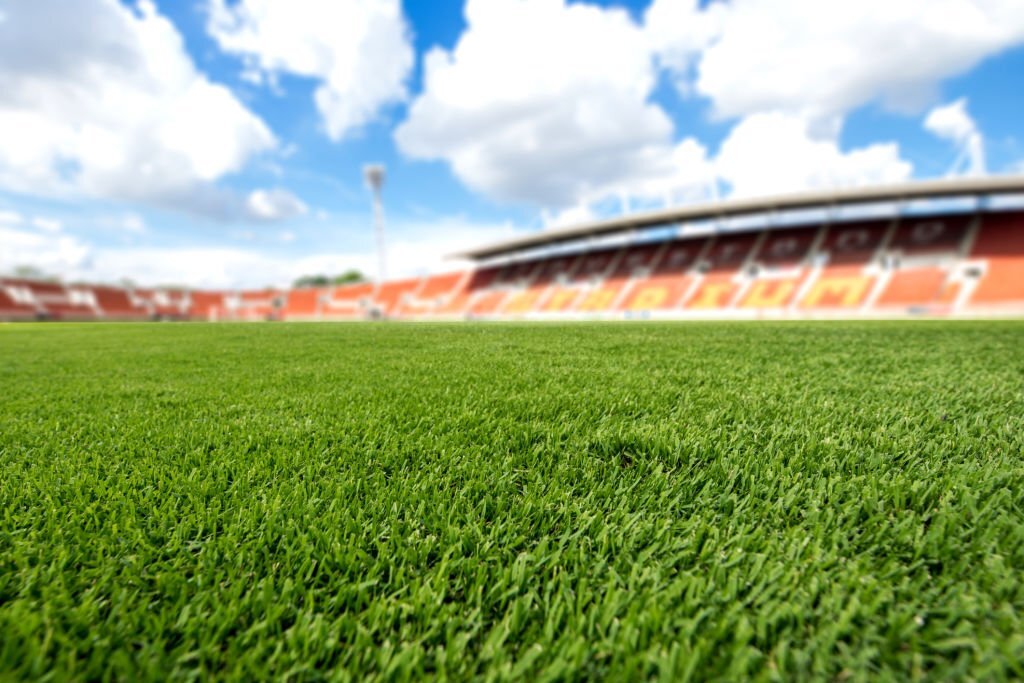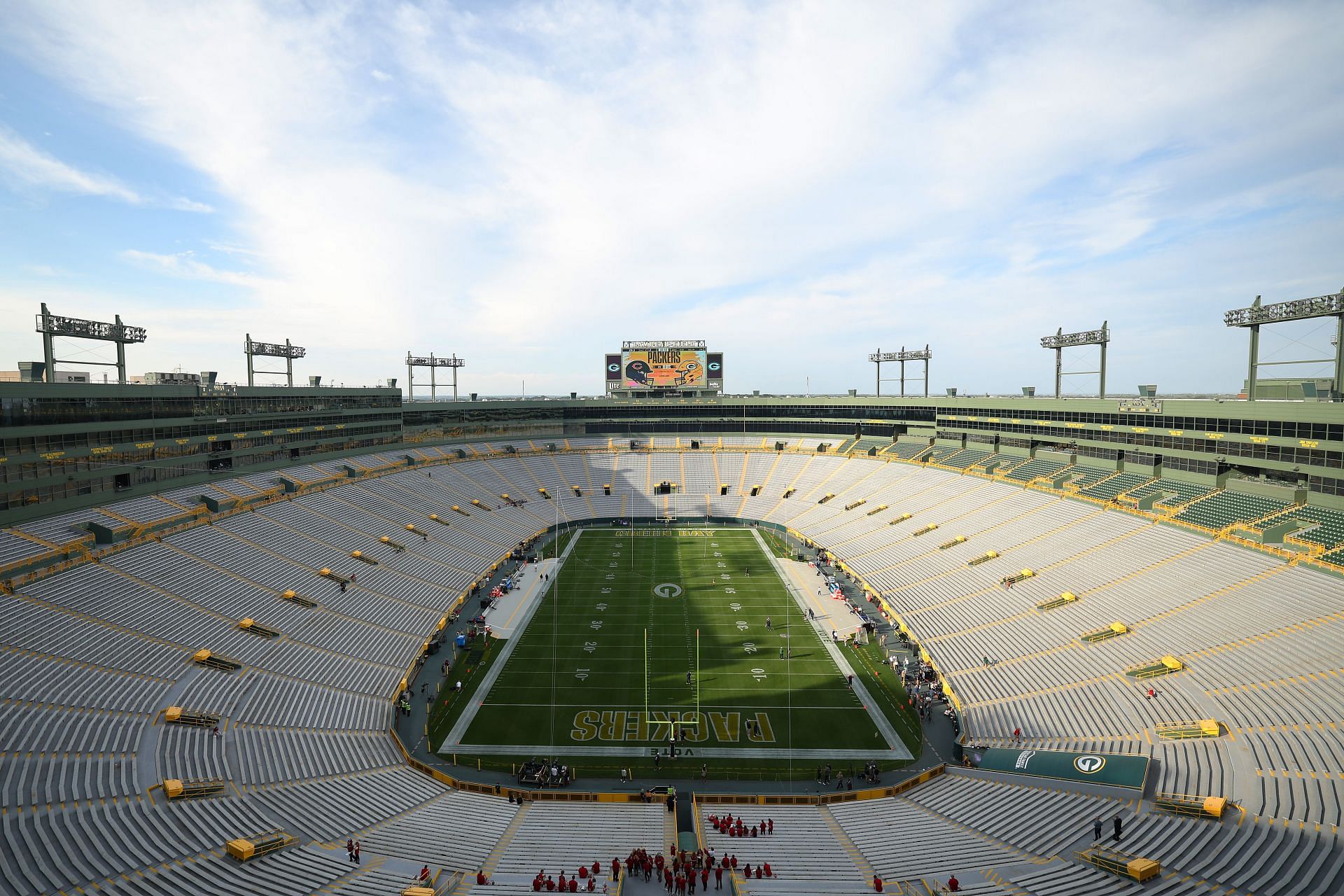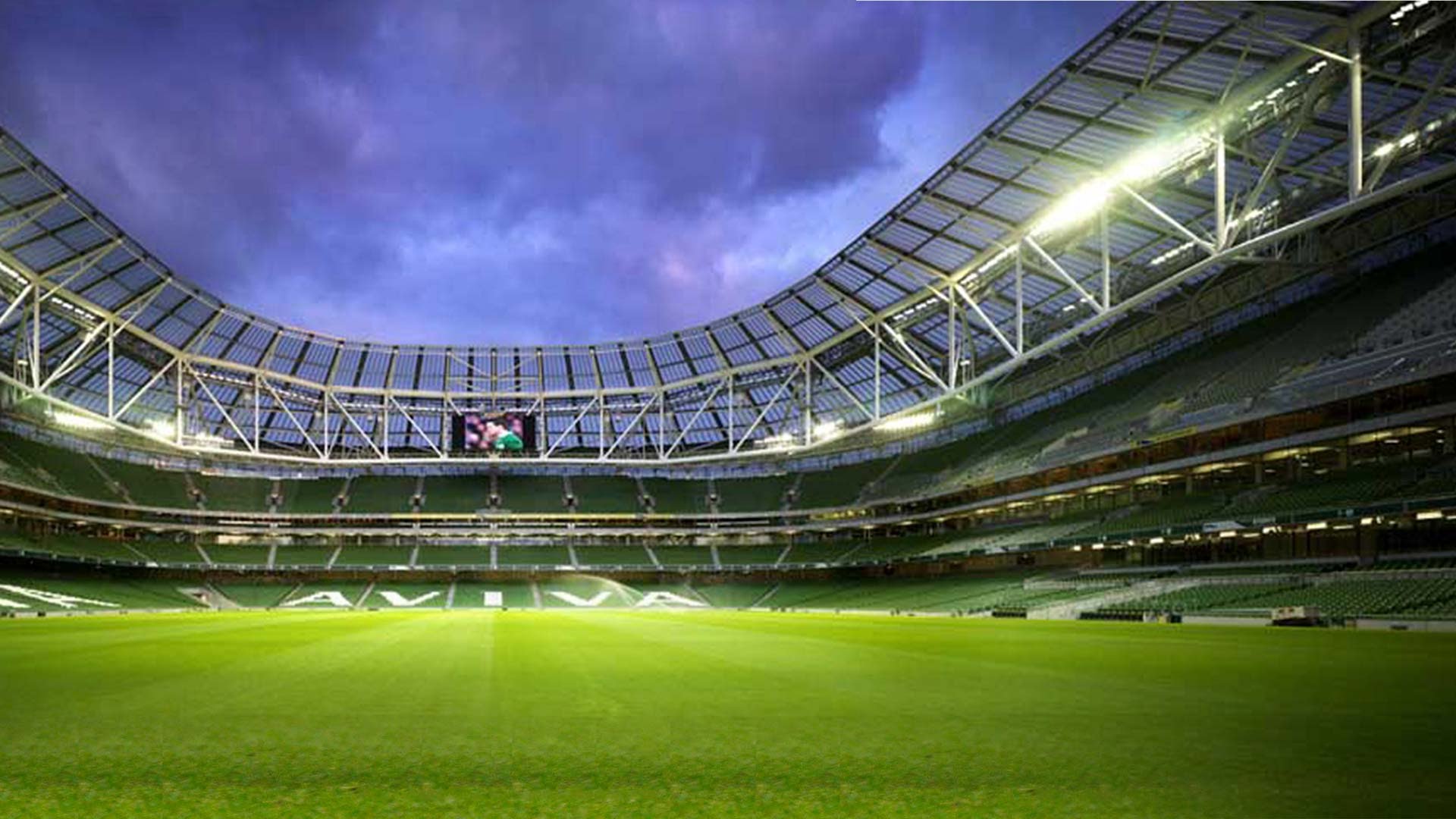Exploring The Natural Terrain: What Football Stadiums Have Real Grass?
Football is not just a sport; it's a passion that unites millions across the globe. While the game itself is a spectacle, the environment in which it is played can significantly influence both player performance and spectator experience. One of the crucial aspects of this environment is the type of playing surface. Many fans and players alike often wonder, what football stadiums have real grass? As artificial turf becomes increasingly popular due to its durability and low maintenance, the allure of natural grass persists, offering a unique and authentic playing experience.
In this article, we will delve into the world of football stadiums, exploring the iconic venues that still maintain real grass pitches. From the rich history of these stadiums to their modern-day significance, we will uncover the reasons why many clubs and organizations choose to stick to natural grass. Furthermore, we will also examine the advantages and challenges that come with maintaining such surfaces, giving you a comprehensive overview of the subject.
Whether you're a die-hard football fan, a casual observer, or someone interested in sports management, understanding what football stadiums have real grass can enhance your appreciation for the game. Join us on this journey as we highlight the beauty, challenges, and importance of natural grass in football stadiums around the world.
- Tim Walz Family Supporting Trump
- What Season Does Bobby Die
- Married At First Sight Philadelphia
- Taylor Swift Super Bowl Biden
- Who Is Khloes Father
What Are the Benefits of Real Grass in Football Stadiums?
Natural grass offers several advantages for both players and fans. Here are some key benefits:
- Player Comfort: Natural grass provides a softer playing surface, which can reduce the risk of injuries and fatigue.
- Environmental Impact: Grass fields contribute to better air quality and can help manage stormwater runoff.
- Authenticity: Many players and fans prefer the traditional feel and look of a natural grass field.
- Temperature Regulation: Grass fields can stay cooler than artificial surfaces, making them more comfortable on hot days.
Which Famous Football Stadiums Feature Real Grass?
Several iconic stadiums worldwide are known for their pristine natural grass pitches. Here are some notable examples:
1. Wembley Stadium, London
Wembley Stadium is synonymous with English football and is home to the national team. Its meticulously maintained grass pitch is a hallmark of the venue.
- Michael Jordan Disapproves Of Larsa Pippen
- Who Does Joey The Bachelor Choose
- How Old Was Jennifer Gray In Dirty Dancing
- Bob Moore Red Mill
- Taylor Swift Clothing Size
2. Camp Nou, Barcelona
As the home of FC Barcelona, Camp Nou boasts a large natural grass field that has witnessed countless memorable matches throughout its history.
3. Old Trafford, Manchester
Known as the "Theatre of Dreams," Old Trafford's real grass pitch has hosted many legendary players and unforgettable moments in football history.
4. Allianz Arena, Munich
Home to Bayern Munich, Allianz Arena features a stunning grass pitch that complements the stadium's striking architecture.
How Do Stadiums Maintain Real Grass Fields?
Maintaining a natural grass pitch requires meticulous care. Here are some key practices involved in keeping these fields in top condition:
- Regular Mowing: Keeping the grass at an optimal height is essential for player safety and aesthetics.
- Water Management: Proper irrigation systems and drainage are crucial for maintaining grass health.
- Soil Aeration: Aerating the soil helps improve root growth and nutrient absorption.
- Pest Control: Organic and chemical pest control methods are used to prevent damage from insects and diseases.
What Challenges Do Stadiums Face with Real Grass?
While natural grass has its benefits, there are also challenges that come with its maintenance:
- Weather Dependency: Extreme weather conditions can impact the quality of the pitch.
- Wear and Tear: High foot traffic can lead to patches and bald spots on the field.
- Cost of Maintenance: Natural grass requires more resources and labor compared to artificial turf.
Are There Alternatives to Real Grass in Football Stadiums?
With the challenges of maintaining real grass, some stadiums have opted for artificial turf. However, there are various types of turf available, each with its benefits and drawbacks. Some clubs have successfully integrated hybrid systems, combining natural grass with artificial fibers for enhanced durability.
Why Do Some Clubs Choose Artificial Turf Over Real Grass?
Clubs may choose artificial turf for several reasons:
- Cost-Effectiveness: Artificial surfaces can reduce long-term maintenance costs.
- Durability: Turf can withstand heavy usage without the same level of wear and tear as grass.
- Weather Resilience: Turf is less affected by weather conditions, ensuring consistent playing surfaces.
What Football Stadiums Have Real Grass in the Future?
As the debate between real grass and artificial turf continues, many clubs are reassessing their choices. The future may see a resurgence in the use of natural grass as environmental concerns grow and technologies evolve to improve grass maintenance.
Conclusion: The Ongoing Love for Real Grass in Football
While the world of football evolves with technology and new playing surfaces, the love for real grass remains steadfast among players and fans. The authenticity and natural feel of a grass pitch contribute to the beautiful game we all cherish. Understanding what football stadiums have real grass helps us appreciate the intricate relationship between the sport and its playing surface.
Article Recommendations
- Taylor Swift Grammy Awards 2013
- 20th Of January Star Sign
- Couple Left Baby On Boat
- Titanic Ocean Heart Necklace
- Sheryl Underwood Weight Loss Surgery



Detail Author:
- Name : Foster Zboncak
- Username : robert66
- Email : wking@yahoo.com
- Birthdate : 1970-07-23
- Address : 311 Wiegand Club South Gerardomouth, MA 92585-9288
- Phone : (857) 907-2573
- Company : Donnelly-Heaney
- Job : Healthcare Support Worker
- Bio : Ut tenetur magni nisi. Quia est qui nobis qui sint ipsa dignissimos qui. Temporibus voluptas animi dolorum tempora dolorem voluptatibus.
Socials
instagram:
- url : https://instagram.com/boylej
- username : boylej
- bio : Autem amet error et nemo. Cupiditate voluptatem sint ducimus sed recusandae aperiam vero.
- followers : 1470
- following : 1312
linkedin:
- url : https://linkedin.com/in/jeramie.boyle
- username : jeramie.boyle
- bio : Voluptas cupiditate hic vel et.
- followers : 6402
- following : 1833